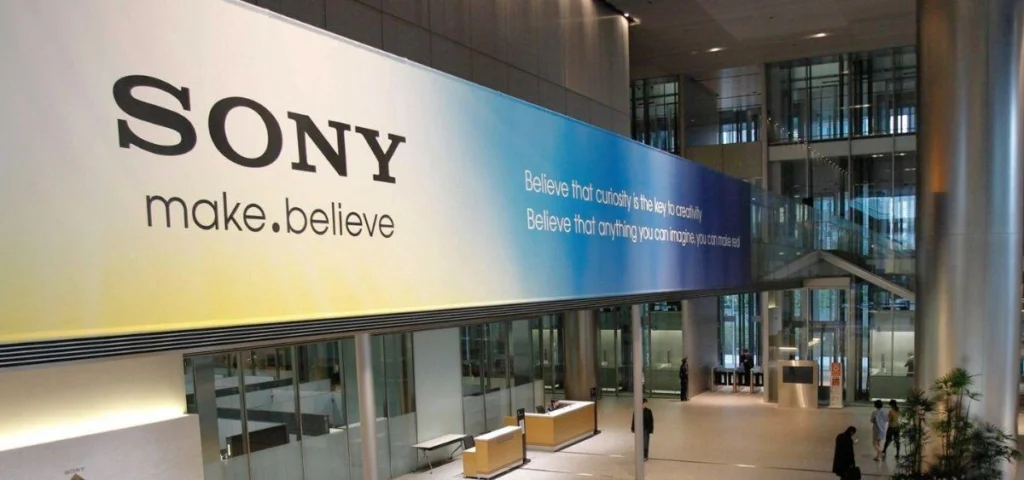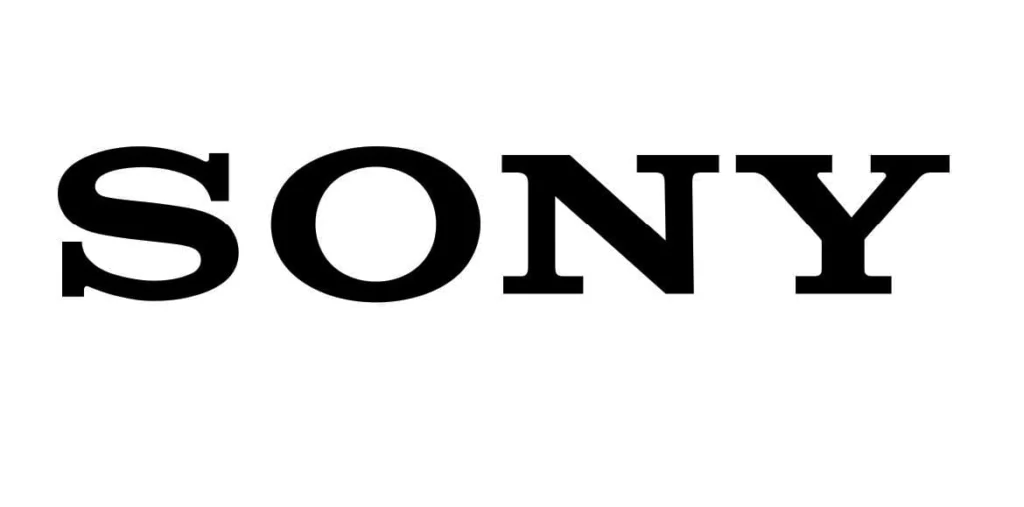The history of Japanese global corporation Sony began in the darkest hour. In 1945, Japan lay in ruins. A year later, the aftermath of the war was still clearly visible in Tokyo. Nevertheless, Akio Morita and Masaru Ibuka founded the company Tōkyō Tsūshin Kōgyō in the ruins of the city. A bombed-out department store served as the company’s headquarters in the beginning. Under these adverse circumstances, the company initially built transistor radios and tape recorders. Rising from the ruins, the two company founders gradually created a giant with a global reputation.
Sony – a name with history

If an entrepreneur wants to know how to build a company into a global corporation, they should study the history of Sony very closely. Founded under the most difficult circumstances, Sony has always strived to be a pioneer. Of course, this has not always been successful. But those who have survived a war, as the company’s founders did, are not deterred by economic setbacks.
The company’s primary goal is to manufacture high-quality products. The company encounters initial resistance when attempting to market its devices internationally. No one abroad can pronounce the company name. A new name is needed.
Akio Morita and Masaru Ibuka, the two company founders, also showed a great deal of courage in choosing the name. They quickly agreed on the Latin term “sonus,” which means “sound.” At the same time, the English buzzword “sunny boy” had also become established in Japan in the mid-1950s.
So the two decided on the artificial word “Sonny.” In Japanese, however, this word means “to lose money.” That really wouldn’t do. In fact, Sony initially functioned purely as a brand name. The company itself did not change its name to Sony until 1958.
Sony drives development forward
The name was met with fierce criticism in its own country. After all, no Japanese company had ever dared to choose a company name with Latin letters. The English origins of the name didn’t make things any easier. After all, less than ten years after the end of World War II, the US was still considered an enemy country.
Undeterred, the Sony founders continued to expand their company. The 1960s were a time of new inventions, some of which Sony played a decisive role in bringing to fruition. By now, the company was manufacturing televisions in addition to radios.
Sony was one of the pioneers in the development of color television. The Trinitron color picture tube significantly improved image quality compared to previous tubes. However, the long development time almost broke Sony. Only IBM’s entry into the project ensured the company’s survival.
Betamax boo, Walkman hooray

In the early 1970s, the manufacturer also attempted to produce video recorders for home use. For a long time, different formats fought for supremacy. In 1975, Sony presented its Betamax format. Thanks to its better picture quality compared to the VHS format that later became popular, Sony managed to make a name for itself with Betamax among professional videographers. However, this was only a minor success. VHS video recorders from JVC later found their way into living rooms.
Once again, the company proved that it would not be discouraged by setbacks. The Betamax defeat was chalked up as a learning experience, and a new product was quickly presented. In 1979, Sony introduced a pocket-sized portable cassette player. Soon, the whole world was talking about the Walkman. However, there was a long patent dispute over it.
The dispute arose over the so-called Stereobelt, a “body-worn small device for high-quality reproduction of audio events,” as it is so nicely described in the patent specification. This dates back to 1977 and was submitted by German-Brazilian developer Andreas Pavel. It was only after the death of company founder Akio Morita that Sony agreed to an out-of-court settlement in 2004, ending the legal dispute with Andreas Pavel. As a result, Sony retains the worldwide trademark rights to the term Walkman, with the exception of Australia and Austria.
After the MiniDisc comes the PlayStation

Sony wouldn’t be Sony if the next failure weren’t looming after this success. The company suffered this setback in the early 1990s with its attempt to replace the CD with the digital MiniDisc. The attempt ended in a debacle. Once again, private users were to blame. Radio professionals, on the other hand, swore by the MiniDisc. After all, it made it easy to record interviews in digital form and edit them on a computer in first-class quality.
However, Sony quickly alienated home users. The MP3 format had become very popular. Sony did everything it could to prevent MP3 files from being transferred to MiniDiscs.
The story of success and failure continued at Sony. At the same time, the company is working on a game console unlike anything the world has ever seen before. At the end of 1994, Sony unveils the first PlayStation, which becomes a huge hit. With the PlayStation, Sony finally takes the step to becoming a company with a global reputation. The game console thrills gamers around the world. Thanks in particular to exclusive titles such as the racing game “Gran Turismo,” the PlayStation sells very successfully for many years.
While Sony was still meticulous about copy protection for the MiniDisc, the PlayStation game CDs were relatively easy to crack and copy. This was probably part of their success. Sony also demonstrated its foresight with the subsequent models in the PlayStation series. The game console now appeals not only to gamers, but also to music and film enthusiasts, who can use it to play CDs and watch movies. The PlayStation 3 probably played a key role in establishing the new Blu-ray format in homes in the mid-2000s.
Sony enters the automotive world

Sony’s product range and inventiveness seem endless. The company is one of the global players in the music industry and also operates in the film industry with Columbia Pictures in Hollywood. Throughout its nearly 80-year history, the company has always been able to learn quickly from setbacks. Today, Sony is a global giant with an international reputation in the consumer electronics sector.
However, this does not prevent the company from continuing to explore new avenues. In the past, Sony has been able to adapt to modern trends, such as in the early 2000s with the robot dog Aibo. This tradition continues today. Sony recently unveiled its own electric car, Vision-S, aka Afeela, at the Consumer Electronics Show in Las Vegas, and TECHBOOK was there live.
The Japanese company wants autonomous driving and electric cars to be ready for the market in the long term. Perhaps Sony will present a completely new idea tomorrow. That would be typical of the company.
